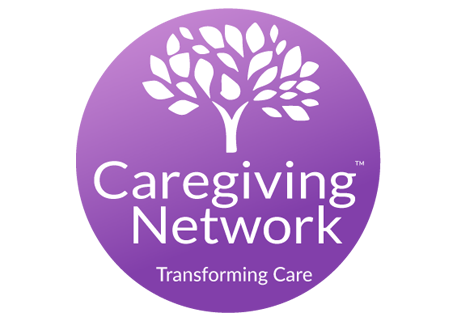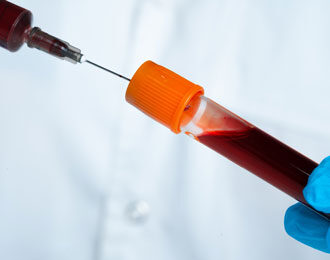FAQs About Rare Diseases

GARD – Updated for October 2021
What is a rare disease?
In the United States, a rare disease is defined as a condition that affects fewer than 200,000 people in the US. This definition was created by Congress in the Orphan Drug Act of 1983. Rare diseases became known as orphan diseases because drug companies were not interested in adopting them to develop treatments. The Orphan Drug Act created financial incentives to encourage companies to develop new drugs for rare diseases. The rare disease definition was needed to establish which conditions would qualify for the new incentive programs.
Other countries have their own official definitions of a rare disease. In the European Union, a disease is defined as rare when it affects fewer than 1 in 2,000 people.
How many rare diseases are there?
There may be as many as 7,000 rare diseases. The total number of Americans living with a rare disease is estimated at between 25-30 million. This estimate has been used by the rare disease community for several decades to highlight that while individual diseases may be rare, the total number of people with a rare disease is large.
In the United States, only a few types of rare diseases are tracked when a person is diagnosed. These include certain infectious diseases, birth defects, and cancers. It also includes the diseases on state newborn screening tests. Because most rare diseases are not tracked, it is hard to determine the exact number of rare diseases or how many people are affected.
If you are looking for statistics on a specific disease, check to see if the disease is listed in MedlinePlus Genetics or GeneReviews. These resources usually include statistical information. To find medical journal articles with statistics, you can conduct a PubMed search using the disease name and the word “prevalence” or “incidence.”
What causes rare diseases?
There are many different causes of rare diseases. The majority are thought to be genetic, directly caused by changes in genes or chromosomes. In some cases, genetic changes that cause disease are passed from one generation to the next. In other cases, they occur randomly in a person who is the first in a family to be diagnosed.
Many rare diseases, including infections, some rare cancers, and some autoimmune diseases, are not inherited. While researchers are learning more each year, the exact cause of many rare diseases is still unknown.
What is being done to develop treatments for rare diseases?
Researchers have made progress in learning how to diagnose, treat, and even prevent a variety of rare diseases. However, there is still much to do because most rare diseases have no treatments.
The National Institutes of Health (NIH) supports research to improve the health of people with rare diseases. Many of the 27 Institutes and Centers at the NIH fund medical research for rare diseases. One of these Centers, the National Center for Advancing Translational Sciences (NCATS), focuses on getting new cures and treatments to all patients more quickly. NCATS supports research through collaborative projects to study common themes and causes of related diseases. This approach aims to speed the development of treatments that will eventually serve both rare and common diseases.
The NCATS Office of Rare Diseases Research (ORDR) guides and coordinates NIH-wide activities involving research for rare diseases. Some of the NCATS programs for rare diseases include:
- Rare Diseases Clinical Research Network (RDCRN)
- Therapeutics for Rare and Neglected Diseases (TRND)
- Rare Diseases Registry Program (RaDaR)
- Genetic and Rare Diseases Information Center (GARD)
Efforts to improve and bring to market treatments for rare diseases are coordinated by the Food and Drug Administration (FDA). The Office of Orphan Products Development (OOPD) provides incentives for drug companies to develop treatments for rare diseases. Between 1973 and 1983, fewer than 10 treatments for rare diseases were approved. Since 1983, the OOPD program has helped develop and bring to market more than 400 drugs and biologic products for rare diseases.
Which diseases are included on the GARD website?
GARD maintains a list of rare diseases and other terms to help people find reliable information. We use available data in the medical literature to determine if the condition meets the U.S. rare disease definition. Inclusion on this list does not serve as official recognition by the NIH as a rare disease. The list is updated regularly, but it should not be used as a reference that a disease is rare. The prevalence of a rare disease usually is an estimate and may change over time.
Other types of diseases or terms on the GARD website include:
- Genetic conditions that are not rare (Example: Down syndrome).
- Common conditions when genetic factors increase risk to develop the condition (Example: celiac disease).
- Conditions or terms for which we receive numerous questions with answers that are hard to find elsewhere (Example: diffuse idiopathic skeletal hyperostosis or DISH).






